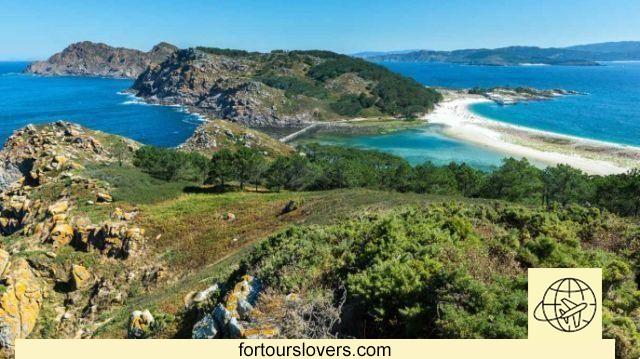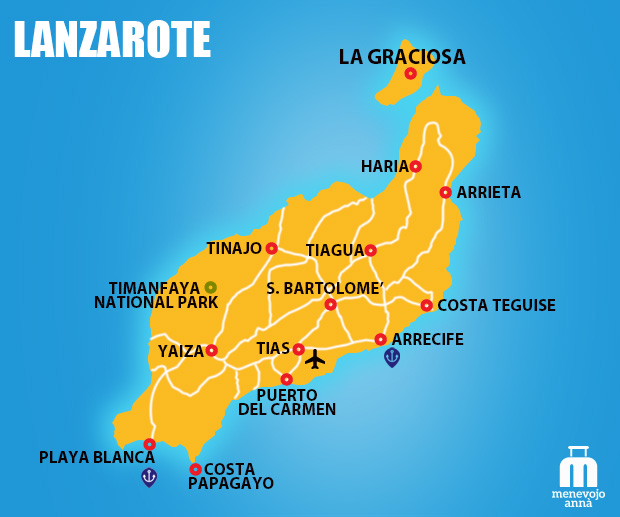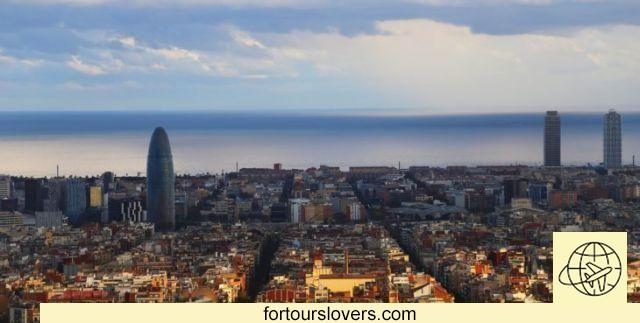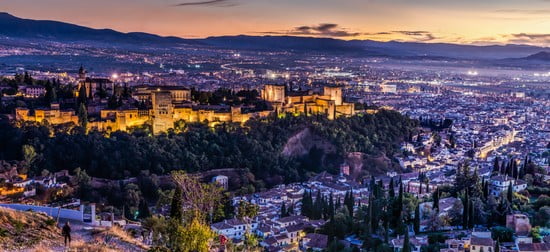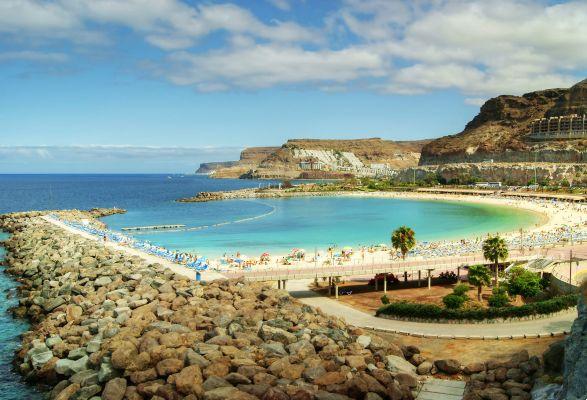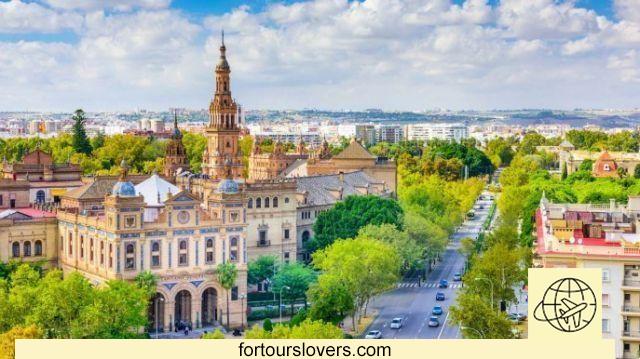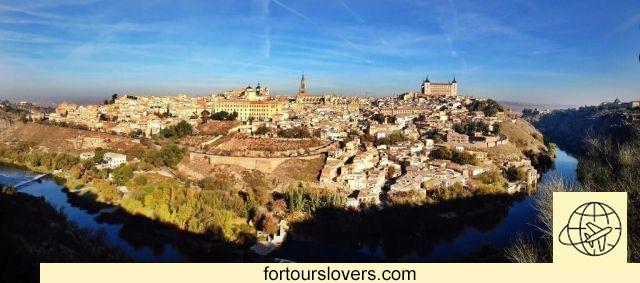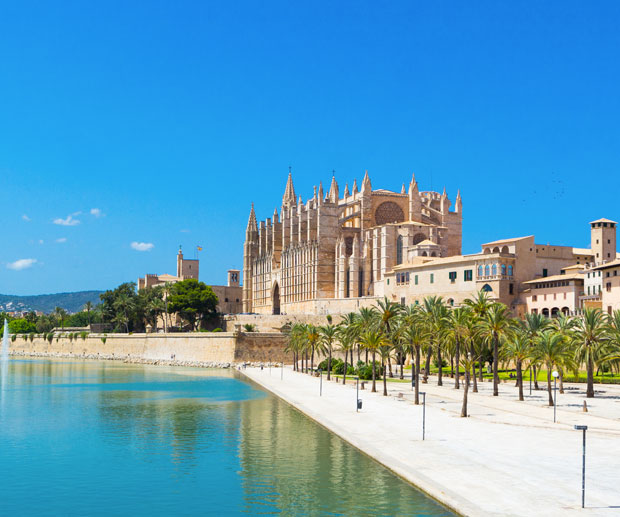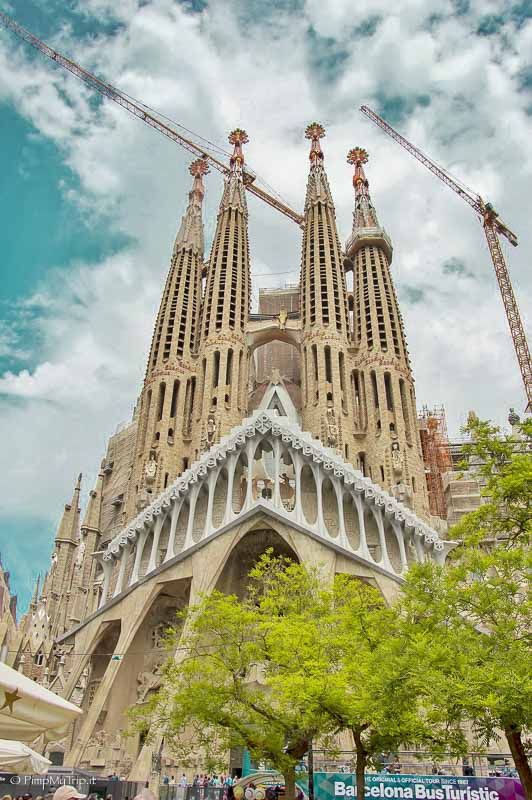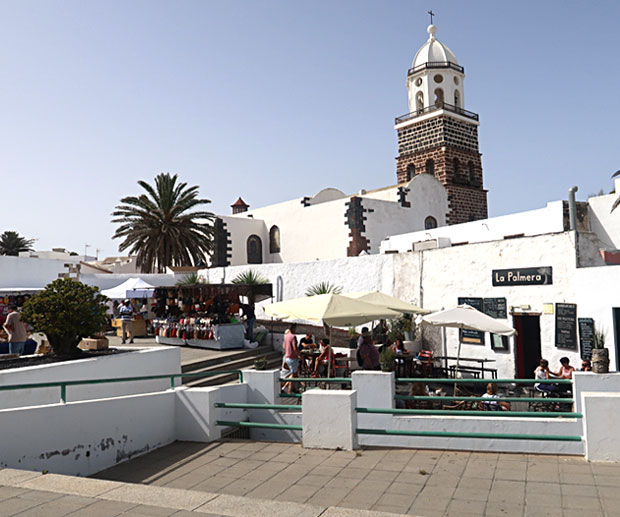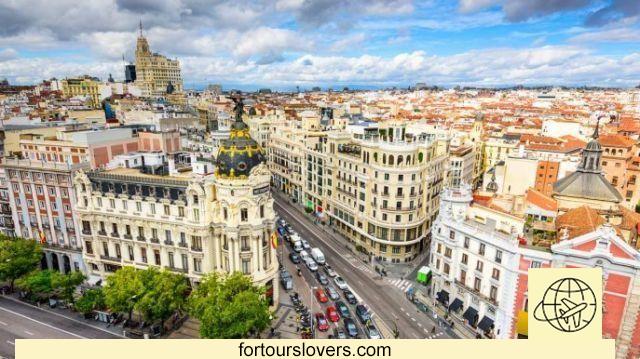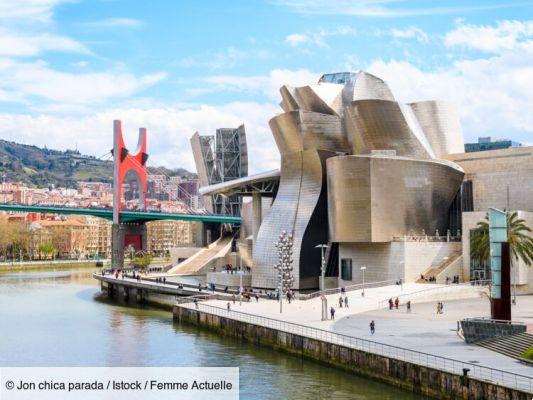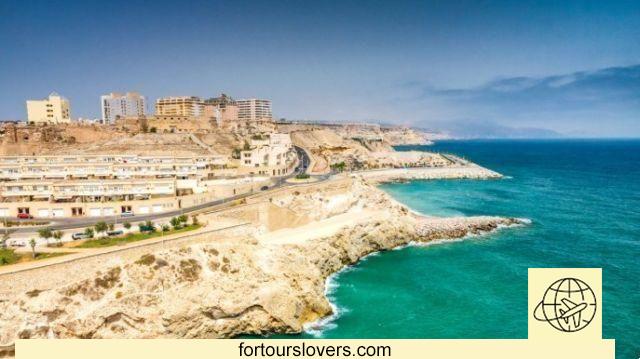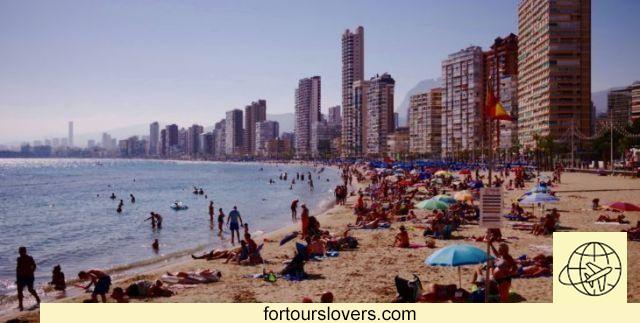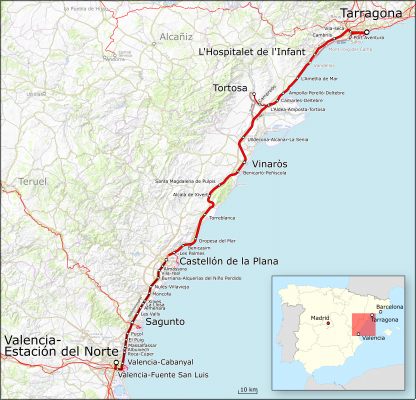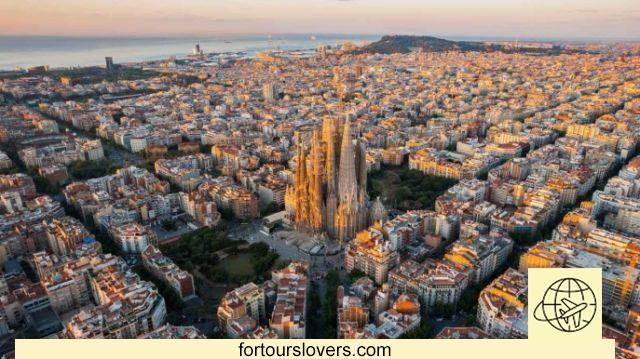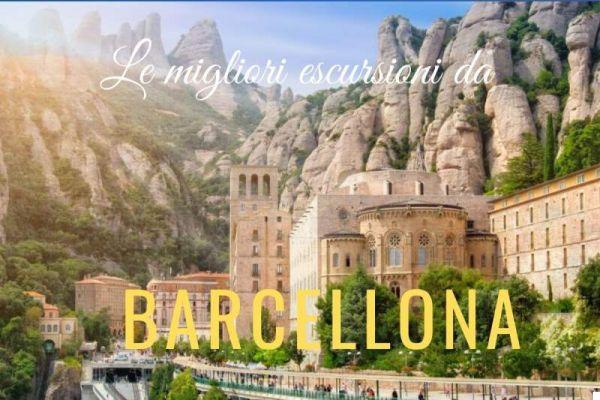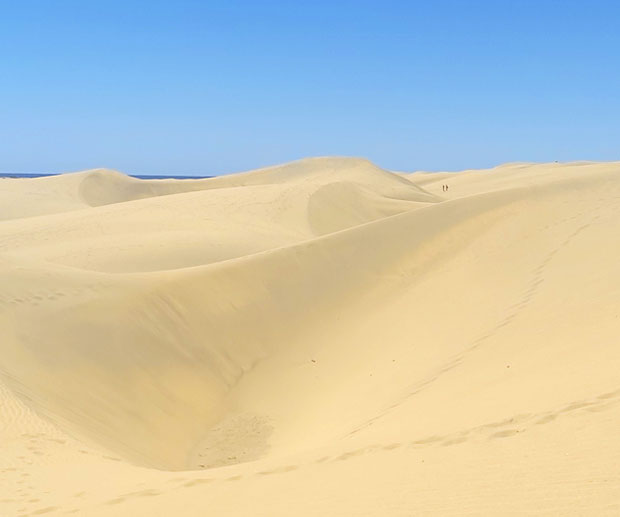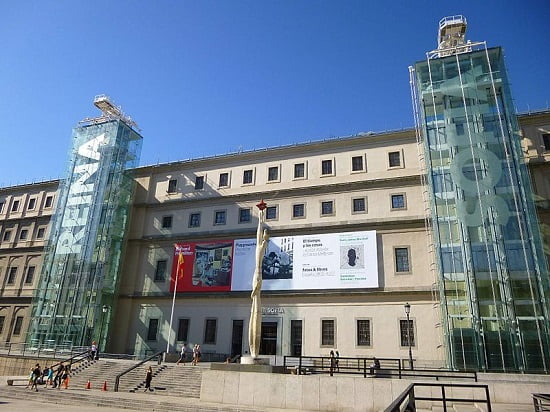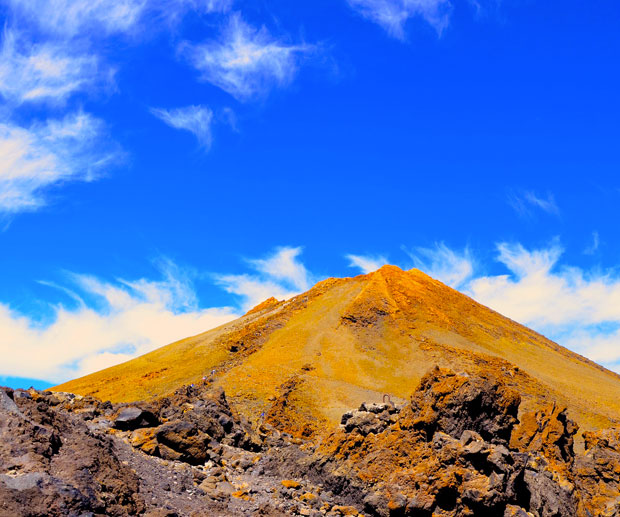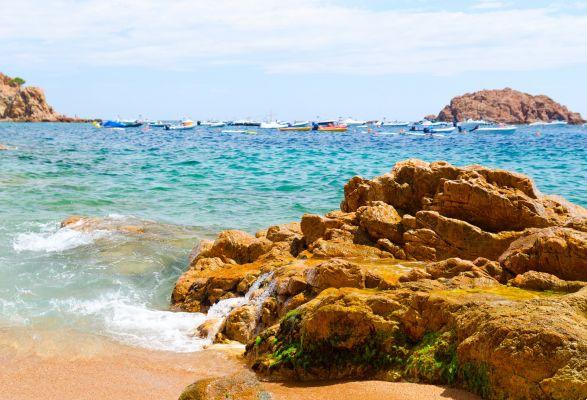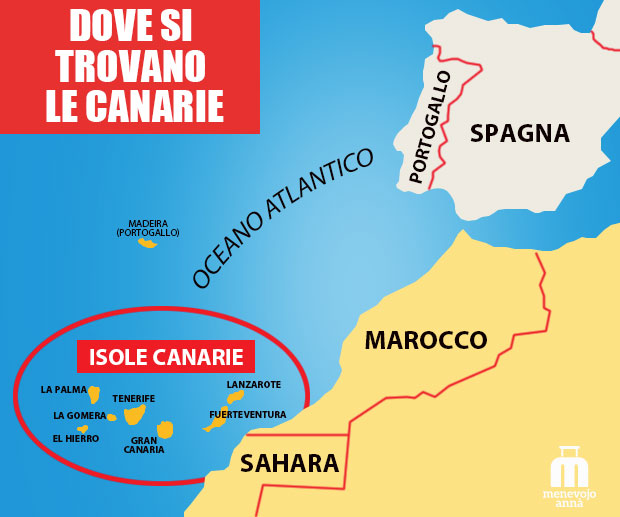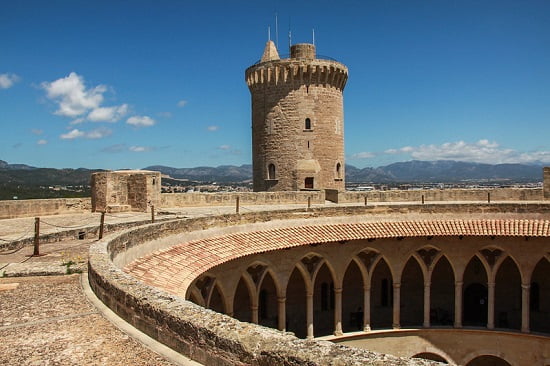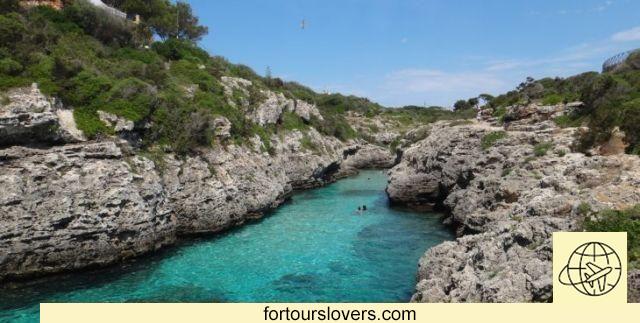
Minorca
13 things to do and see in Menorca and 1 not to doNever trust stereotypes completely. If, for example, when you hear about the Balearic Islands you come to mind the clubs of St. Antoni de Portmany in Ibiza, or those of Magaluf in Mallorca, it is because you don't know Minorca. Unlike the other islands of the archipelago, including Formentera, which apart from the beaches offers little else, Menorca has definitely focused on a model of sustainable tourism which, while not disdaining large numbers, puts respect and protection of the environment as a priority. In short, Minorcan people prefer to deal with hikers, couples on vacation, families with children and much less with crowds of young people intent on gulping down large quantities of alcohol and staying late in the evening. So if you want unbridled fun, you would do well not to choose Menorca; if instead you want to dedicate yourself to excursions, urban trekking, good food, the sea and pleasant social outings then the second island of the Balearics it is definitely the right place for a vacation. Below we see together the main attractions of the island. Happy reading.
1 Maó
Our story starts from capital Maó (or Mahón). In this town a east of the island more than a third of the population of Menorca lives and, consistently with the status of capital, the bulk of the gods are concentrated public services essential. The rivalry with Ciutadella, the other city on the western side of the island, is famous. A rivalry that has to do with the English presence, thanks to which Maó rose to the rank of capital, snatching the proper title from the "Catholic" Ciutadella, whose clergy frowned upon the presence of another (Anglican) confession in the territory. Differences that have faded over the years and which however survive above all inarchitecture. Just take a look at the buildings in the historic center to be aware ofBritish colonial influence on this part of the island. Maó, which can easily serve as a base for trips to discover Menorca, is roughly divided into three large areas: in the upper part, the Old Town, which we have already mentioned; then, there is Baixamar, the neighborhood near the port where the bulk of the nightlife takes place, and finally S'Altra Banda, a holiday area with several houses and accommodation facilities. Many things to see: from Archaeological Museum, To church of Santa Maria, until the port, whose particular shape makes it a sui generis tourist attraction far beyond its function as a maritime port. Let's go and see them in more detail.
2 Museum of Menorca
The history of the Museum of Menorca is more than a century long. To be precise, it begins in 1889 thanks to Joan Followed Rodriguez founder of the Museo de Arquelogia and Historia Natural de Minorca. In over 100 years, the collection of archaeological and ethnographic finds has always been expanding, allowing at last the accurate reconstruction of the millenary history of Menorca which has seen the passage of Greek, Romans, Vandals, Arabi, Aragonese ed english. Obviously, as the finds increased, several removals were necessary until the last, around the mid-70s of the last century, in the ancient Convent of St. Francis donated by the municipality to the Spanish state to make it a museum. Anyone interested in learning more about the history, culture and customs of the island cannot avoid visiting the Museu de Menorca. For more information on exhibitions, activities, timetables and prices visit the Official site: www.museudemenorca.com (English version available).
3 Church of Santa Maria
In the center of Maó, clearly visible due to its grandeur stands the Church of Santa Maria. The original building, dating back to the fourteenth century, was knocked down by lightning and it was only thanks to the English intervention, in 1748, that the temple was rebuilt mainly in neoclassical style. Beyond the architectural lines, the most valuable piece of the church is undoubtedly theorgano. Built between 1807 and 1810 by Swiss masters Johannes Kyburz e Franz Josef Otter, the tool is unanimously recognized as one of the masterpieces of organ building. Not surprisingly, in the church of Santa Maria, from June to October (Monday to Saturday) they are held organ concerts of 30 minutes each. On the occasion of concerts entrance to the church costs € 5,00 (normal € 2,00).
4 Tour of the port of Maó
There are even those who claim that it cannot be said to have been to Menorca without one boat trip around the port of Maó. Maybe it is an exaggeration, the fact is that the maritime excursion around the natural port of the capital is certainly worth it. There are two formulas: the first consists in the circumnavigation of the port and lasts about an hour; the second, on the other hand, stops in the surrounding bays and coves, some of which are difficult to reach from the ground, with the further possibility of swimming. This second option takes around three hours but is absolutely worth it. In both cases, the boats have the transparent background in order to admire the depths of the island. For more information visit the websites: www.yellowcatamarans.com and www.rutasmaritimasdelacruz.com. The only one advice considering the turnout, especially during the summer period, it is necessary to make the excursion early in the morning. To try!
5 Binibèquer Vell
Less than 10 kilometers from the capital Maó there is a village that is absolutely worth visiting. A maze of narrow streets, clinging white houses on each other, souvenir shops, bar, restaurants and all the typical atmosphere of a Mediterranean village. With one particularity, however: unlike Little Venice in Mykonos, Sant'Angelo in Ischia, or La Corricella in Procida, Binibèquer Vell practically did not exist until the 60s. In other words, the village is a 'tourist invention, moreover very successful. What was already there, however, is there beach of the same name. It is not very big but it is inserted in a wonderful landscape context. The pine forest behind, the rocks all around and a crystalline sea ideal for it snorkeling. In short, Binibèquer Vell is one of the places to visit in Menorca in the summer. In the remaining seasons of the year, and this is another difference compared to the other Mediterranean villages mentioned above, there is hardly anyone.
6 Es Castell
To check how much the English colonial mentality influencedcity planning and onarchitecture on the south-eastern side of the island, even before Maó, Es Castell should be visited. Sooner or later, Es Castell definitely is a must for anyone visiting Menorca. As for things to do, the Military Museum located in the main square of the town is worth a visit, while if you want to relax and have an aperitif and / or dinner, the local around the little one port of Cales Fonts they are very beautiful and welcoming. Returning to Military Museum, spread over two levels for a total of 15 rooms. On the ground floor there is a collection of antique cannons and models of vintage ships; on the first floor, however, the military history of the island is illustrated. There is another reason why Es Castell is worth visiting: thedawn. If you like to watch the sun rise or, even better, you love photography, you are in right place to capture the Minorcan sunrise. Not to be missed!
7 S'Abulfera des Grau
If Menorca was nominated by theUNESCO Biosphere Nature Reserve, the "merit" is above all of Natural Park of S'Abulfera des Grau, a twenty minute drive from the capital Maó. It is an area of almost 2000 hectares of great naturalistic interest especially for lovers of birdwatching who in the alternation of pine forests, dunes and wetlands have fun admiring ospreys, cormorants, herons and hundreds of other sedentary or migratory aquatic species. It's not over, because those who want can also take advantage of it to take a bath in the beautiful beach (platja) of Es Grau, the village that gives its name to the reserve. Still, continuing north is worth a visit too Cap de Favàtrix (see photo), lighthouse that stands out among the rocks, particularly suggestive at sunset. In short, S'Abulfera des Grau is another obligatory stop on a visit to Menorca even if, being a nature reserve, you should know that various activities, such as setting fire or practicing water sports, are not allowed. The visit is free instead.
8 Cap de Cavalleria
Cap de Favàtrix is not the only lighthouse in Menorca. There is also Cap de Cavalleria and is located even further north than the other. The easiest way to get there is from Es Mercadal from which, as we will see, you can easily reach the summit of Monte Toro. The road that leads to the lighthouse of Cap de Cavalleria offers emotions in sequence. Wind, sparse vegetation, grazing sheep and all the other suggestions of an area just lapped by the sirens of tourism. The beach of the same name is also worth a stop, Platja de Cavalleria. Not to be missed!
9 Monte Toro
What really strikes about Monte Toro is certainly not the height (358 meters above sea level), but the fact that it is really located in the center of the island, cross between Maó and Ciutadella the two main towns, Tramuntana and Migjorn, the coastal slopes of Menorca whose different conformation dictated the times and ways of the tourist development of the island. Nothing more than a small hill, therefore, which, however, due to its location since the Middle Ages has become the spiritual center of Menorca. At the top, in fact, is the Sanctuary of the Virgen del Toro, an ancient Augustinian monastery where every year the8 May Menorcan go to pilgrimage to venerate the patron saint of the island "Our Lady of Monte Toro". The way to get to the top of the mountain is from Es Mercadal, a small town in the heart of Menorca famous for its gastronomy and footwear craftsmanship. The advice is to choose one clear day for the ascent to the mountain. You will not regret it!
10 Basilica of Son Bou
Il southern side of Menorca it's not just that touristic more developed, and also the part of the island where the greatest number of points of historical and cultural interest are concentrated. Therefore seaside and cultural tourism as the locality of Son Bou which, in addition to having the largest coastline in Menorca, also boasts one Paleo-Christian basilica of the XNUMXth century. Together with the neighbor Torre d'Es Galmes, archaeological area along the way to Alaior (third city of Menorca), la Basilica de Son Bou is undoubtedly another "Must see place" of a visit to Menorca. Outside the area with the remains of the basilica, there is also one necropoli with several tombs carved into the rock. To be seen!
11 Cala Mitjana
Earlier we referred to the diversity of the coastal slopes of Menorca. One of the most significant differences is the large number of bays that the southern coast offers compared to the north of the island. In other words, the different orography has favored the formation of numerous more or less sheltered coves which in turn have influenced the tourist development of this part of the territory. Cala Mitjana is the most famous of these inlets. A small beach (just 100 meters) of white sand, rightly defined by many "Caribbean". A beautiful habitat, also due to the presence of pine forest behind, which fortunately was not upset by the proliferation of accommodation facilities. To say, the neighbor Cala Galdana while remaining an absolutely enjoyable location, it is no longer "Caribbean" as it once was. It must also be said that the difficult accessibility of the places in many cases has favored their conservation for a longer time. Several riverbeds (barrancs) in fact, the south coast of Menorca can only be reached by sea, which has discouraged real estate investments. To see, if possible, too Cala Trebaluger, another small inlet not far from the two mentioned above.
12 Ciutadella
Speaking of Maó we said that it can very well act as a base for moving around the island. The suggestion also applies to Ciutadella. Indeed, if tranquility is the priority over everything else i staid rhythms, almost indolent, of Ciutadella are certainly preferable to the busiest ones in the capital. Many things to see in the city: from Cathedral, once a mosque (under the Arab domination the city was called Madina al Jazira), To premises around the port where the bulk of the nightlife is concentrated, without forgetting the Municipal Museum and countless architectural traces - with a prevalence of barocco e Gothic - of churches, palaces and city squares. Obviously, Ciutadella is also one seaside resort: Cala Blanca, Cala En Bosc, Cala D'Es Degollador, Cala En Forcat some of the most famous bays in the area, up to the most famous of all, Cala Macarella, which we will deal with separately below.
13 Cala Macarella
The kilometers from Ciutadella are 14, but considering what awaits you, they are not so many. White sand, turquoise sea, pine forests all around and the typical tranquility of an area that is not only part of the"Area Natural d'Especial Interes de la Costa Sur de Ciutadella" but for a while it also crosses the mythical "Camì de Cavalls" (Path of the Horses) ancient path wanted by the king of Menorca, Jaume II, to defend the island from the dangers coming from the sea. In reality it is a very long network of coastal paths returned to public use after years of fencing neighboring properties. A sign that in Menorca there is a heated dialectic that sees on opposite fronts the reasons for the environmentalism we mentioned at the beginning, and the private pressures, also these daughters of the tourist economy. The same dialectic also closely concerns Cala Macarella and its neighbor Cala Macarelleta (the latter preferred by naturists). In this case it is the excessive presence of cars and scooters, due to the proliferation of parking lots, which risks compromising a unique habitat celebrated by the main online tourist magazines in the world. The advice therefore is to leave the car and the scooter as far as possible and discover the wonder of Cala Macarella on foot. It's worth it!
1 Beware of sea currents
The only thing you really need to pay attention to in Menorca is the sea. Don't be afraid of it, but respect it yes. Therefore, it is preferable to swim within the boundaries delimited by the buoys, as well as respect the prohibition of entry into the water indicated by red flags on the beaches. For the rest, Menorca is a very quiet place to be discovered!




